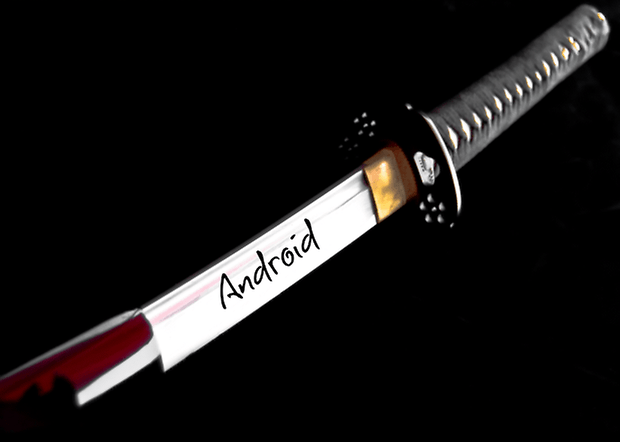
The yen's recent strength has been a challenge for Japanese companies, undercutting "big industrial exporters in their attempts to sell against their Korean and German rivals," says Takashi Mochizuki at The Wall Street Journal. They are beautiful swords which are sleek, straight and have a square guard.In other words, while a weaker yen might sound like a bad thing, it's exactly what Japan has wanted. Ninja swords regularly appear in popular culture, going hand-in-hand with warriors dressed in black, sneaking through the shadows to silently dispatch their enemies. The ninja swords, also known as ninjaken, Ninjatō or shinobigatana are the legendary swords used by the Shinobi of feudal Japan. Traditionally, it was used as a stabbing weapon and is usually straight rather than curved. The blade is traditionally single or double-edged and can range in length between 15 and 30cm. Tanto SwordĪ Tanto (tantō) is a type of dagger. The Shin Gunto Sword was created and designed for use by Japanese officers during world World War Two. Some Samurai would even sleep with the sword under their pillow, or next to the bed, in order for it to be instantly accessible.

It was also especially well-suited to fighting in confined spaces, seeing as the sword is shorter than a Katana. This made the sword something like a side arm, as it was inconspicuous and could be taken everywhere. However, the Wakizashi could be worn at all times without causing offence. When entering a building or residence, the Samurai would often be required to leave their Katana at the entrance. On occasions, the sword was used to commit Seppuku, or ritual suicide, which lead to the title ‘Honor Blade’. The Wakizashi could be used as a backup weapon, or in some circumstances, could be wielded in the warrior's off-hand, if the Samurai were skilled enough to use two swords at the same time. The Katana in this pairing would be called simply the sword, long sword or killing sword, while the Wakizashi would be called the companion sword. This pairing of swords was called the daisho, or big-little. Traditionally, the Wakizashi would be worn with the Katana by Samurai warriors. The sword is similar in some respects to the Katana and is shorter than it. The average Wakizashi is between 30 and 60 centimetres. The Katana was unique as it was traditionally worn with the edge facing upwards, allowing the wearer to draw the sword and strike their opponent in a single motion.Ī Wakizashi sword is another traditional Japanese sword with a shorter blade compared to the Katana. It’s thought the sword was a response to changes in the battlefield environment which required warriors to be more responsive and faster. The Katana was developed between 1392-1573, during the Muromachi period. It’s instantly recognisable by many due to its appearance in pop culture, and it has become synonymous with Japanese swords. The Katana has long been associated with the Samurai class of feudal Japan. Most Katana will have a square or round hand guard, and the handle will be long enough to accommodate two hands. The single-edged blade is curved, slender, and averages between 60cm – 80cm long. The Katana has several characteristics which make it easily recognisable. The legendary Katana is the most well-known type of Japanese sword, which is often simply referred to by many as the ‘Samurai Sword’. The two are differentiated from each other by the fittings on the blade and how they were worn. The sword is the predecessor to the Katana as the preferred weapon of Japan’s warrior class, and it evolved over the years into more modern designs.

The Tachi was primarily used by warriors on horseback, where the extra length and curve of the blade made it particularly suited to cutting down enemy foot soldiers on foot. However, it can be distinguished by its more pronounced curve and slightly longer blade. The Japanese Tachi sword is, in some respects, similar to the Katana.

Odachi would generally only be used in open battlefields, as their large size made engagement in constricted environments unpractical. The extra reach provided by the Odachi could allow a soldier to engage a mounted warrior directly. It is thought that that Odachi were carried by foot soldiers and were used primarily against mounted cavalry.

Odachi look in many ways similar to a Tachi, however, they are significantly larger and longer. The word Odachi roughly translated to ‘field sword’. The Odachi is a very large two-handed Japanese sword. In fact, there are several remarkable swords Japan is known for, all of which have their own well-deserved reputations. Japanese sword making goes beyond the traditional Katana.


 0 kommentar(er)
0 kommentar(er)
